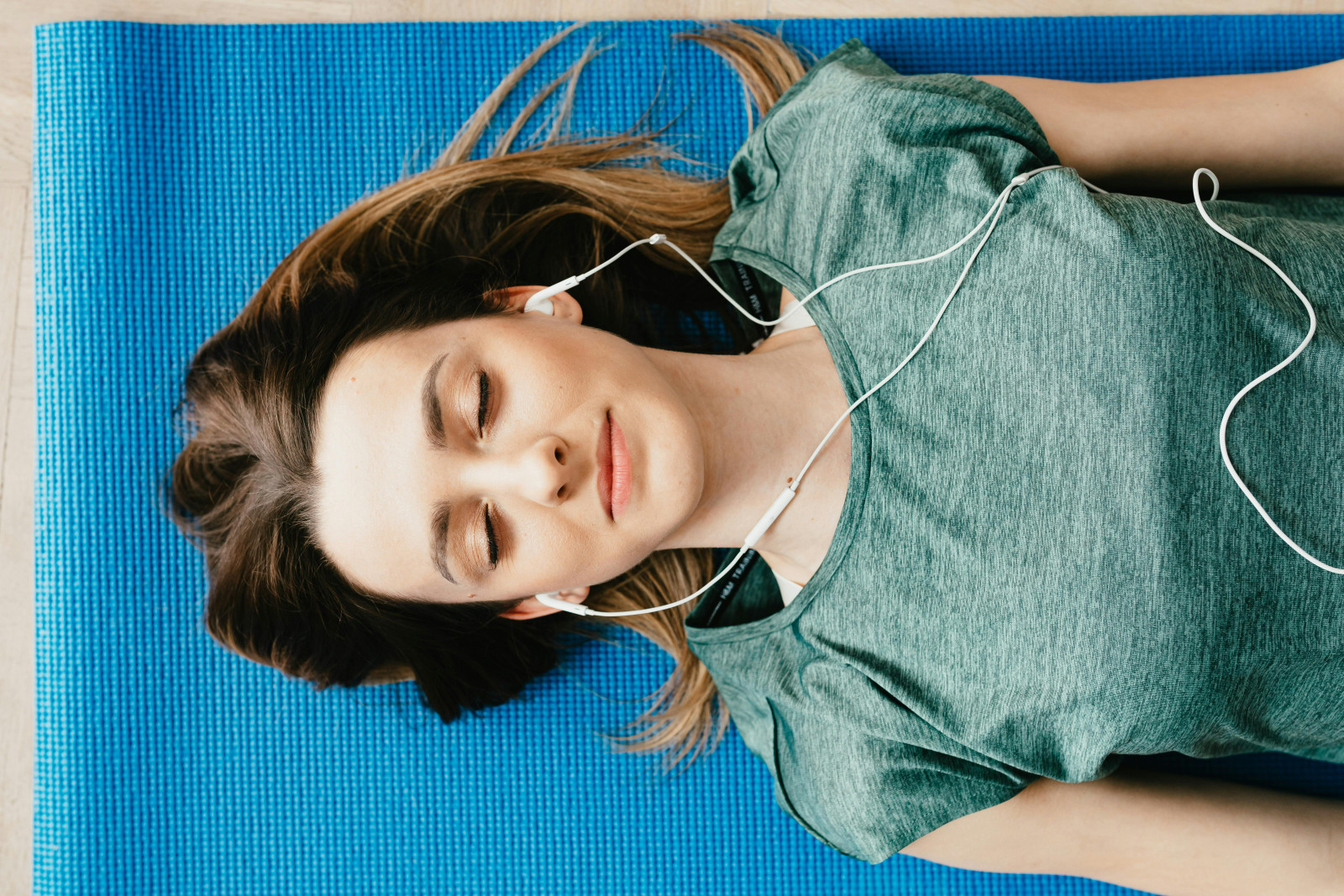Introduction
Tired of tossing and turning at night? You’re not alone. Millions of people around the world struggle with getting quality sleep. While sleep medications may offer short-term relief, they often come with side effects and dependency issues. Fortunately, there’s a natural, side-effect-free solution that has been used for centuries: yoga. Not only does yoga help relax your body, but it also calms your mind and resets your nervous system, preparing you for restful, restorative sleep.
In this guide, we’ll explore how yoga improves sleep, when to practice it, and 7 specific poses you can do tonight to fall asleep faster and sleep deeper.
Why Yoga Helps You Sleep Better
-
Reduces Stress and Anxiety: Yoga activates the parasympathetic nervous system ("rest and digest" mode), lowering cortisol levels and quieting the mind.
-
Improves Breathing: Yoga encourages deep, mindful breathing which enhances oxygen flow and reduces heart rate.
-
Relieves Muscle Tension: Gentle stretches release physical tension built up throughout the day.
-
Enhances Mindfulness: Yoga encourages presence and awareness, helping to stop the mental chatter that often keeps us awake.
Best Time to Practice Yoga for Sleep
-
Evening or before bed: Practicing yoga 30-60 minutes before sleep helps transition your body and mind into relaxation.
-
Keep the environment calm: Dim lights, a quiet space, and possibly calming music or aromatherapy enhance the experience.
-
Stick to gentle practices: Avoid vigorous styles like Vinyasa or Power Yoga. Focus on slow, restorative, or Yin yoga styles.
7 Yoga Poses for Better Sleep
1. Child’s Pose (Balasana)
How it helps: Gently stretches the back, calms the mind, and relieves fatigue. How to do it: Kneel on the mat, touch your big toes together, and sit back on your heels. Fold forward with arms stretched ahead or by your sides. Rest your forehead on the mat and breathe deeply for 1-2 minutes.
2. Legs-Up-The-Wall Pose (Viparita Karani)
How it helps: Improves blood flow, relieves tired legs, and reduces anxiety. How to do it: Lie on your back and place your legs up against a wall. Arms can rest by your side, palms facing up. Close your eyes and hold for 5-10 minutes.
3. Seated Forward Bend (Paschimottanasana)
How it helps: Calms the brain and stretches the spine and hamstrings. How to do it: Sit with legs extended. Inhale, lengthen the spine, and exhale as you reach forward. Hold the feet or shins and breathe deeply for 1-2 minutes.
4. Supine Spinal Twist (Supta Matsyendrasana)
How it helps: Relieves back tension, improves spinal mobility, and aids digestion. How to do it: Lie on your back, bring one knee to your chest, and guide it across the body. Extend the opposite arm and gaze in the opposite direction. Hold for 1-2 minutes on each side.
5. Reclining Butterfly Pose (Supta Baddha Konasana)
How it helps: Opens the hips and relaxes the body. How to do it: Lie on your back, bring the soles of your feet together, and let your knees drop to the sides. Place a pillow under each knee for support. Rest hands on your belly or beside you.
6. Cat-Cow Stretch (Marjaryasana-Bitilasana)
How it helps: Promotes spinal flexibility and releases tension. How to do it: Begin on all fours. Inhale as you arch your back (cow), exhale as you round your spine (cat). Repeat slowly for 1-2 minutes.
7. Corpse Pose (Savasana)
How it helps: Deeply relaxes the entire body and prepares for sleep. How to do it: Lie flat on your back with arms and legs comfortably spread. Close your eyes and focus on your breath. Stay in this pose for 5-10 minutes.
5-Minute Bedtime Yoga Routine
-
Child’s Pose – 1 minute
-
Seated Forward Bend – 1 minute
-
Supine Spinal Twist (both sides) – 2 minutes
-
Savasana – 1 minute
Optional: Play calming music and use a lavender-scented eye pillow.
Tips to Make Bedtime Yoga More Effective
-
Stay consistent – make it a nightly ritual
-
Avoid screens 30 minutes before yoga
-
Practice slow breathing or a short meditation
-
Use essential oils like lavender or chamomile
-
Keep your room dark and cool
Frequently Asked Questions (FAQs)
Q1. Can yoga cure insomnia?
Yoga can significantly reduce insomnia symptoms by calming the mind and reducing physical tension, but persistent cases may require medical advice.
Q2. How long should I practice yoga before bed?
Just 5 to 15 minutes of gentle yoga can have a noticeable effect on sleep quality.
Q3. Do I need to be flexible to do bedtime yoga?
Not at all. These poses are beginner-friendly and focus on relaxation, not flexibility.
Ready to commit to better sleep? Start your 7-day bedtime yoga challenge tonight and discover the difference restful sleep can make

